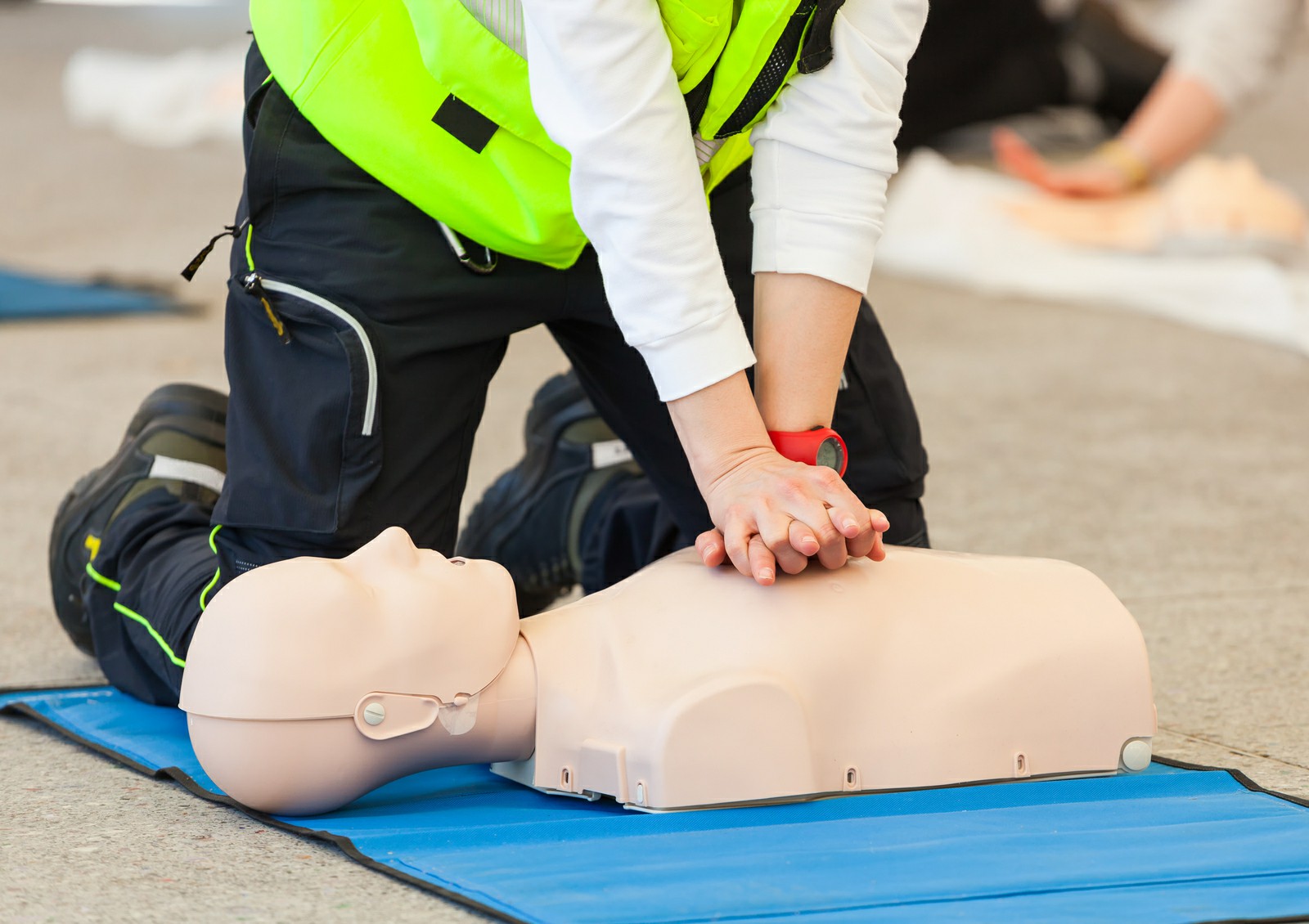Empowering Your Workplace: The Essential Guide to First Aid and CPR Training
In any workplace, emergencies can arise unexpectedly. Having employees trained in First Aid and CPR can mean the difference between life and death. In this article, we’ll explore the profound importance of First Aid training, the benefits it offers, and how it can enhance workplace safety and compliance.
The Importance of First Aid & CPR Training in the Workplace
Every workplace is unique, yet they all share a common thread—the potential for accidents and emergencies. Whether it’s a slip and fall, a heart attack, or a choking incident, the ability to respond quickly and effectively can mitigate the consequences of such events. Here’s why First Aid and CPR training is vital for your organization:
- Immediate Response: Trained employees can provide immediate assistance, reducing response times and potentially saving lives.
- Enhanced Confidence: Employees who have received training feel more confident in their ability to handle emergencies.
- Promotes a Safety Culture: First Aid training encourages a culture of safety and preparedness within the workplace.
Key Benefits of First Aid Certification for Employers and Employees
Investing in First Aid courses and certifications presents numerous benefits for both employers and employees:
- Increased Safety: Having certified employees decreases the likelihood of fatalities and serious injuries during emergencies.
- Legally Compliant: Many industries have regulations requiring workplaces to have certified First Aid responders.
- Cost-Effective: Effective First Aid training reduces potential costs associated with workplace injuries and lawsuits.
Vital CPR Skills: Techniques Every Workplace Needs
Understanding CPR (Cardiopulmonary Resuscitation) techniques is crucial for employees, as cardiac arrest can occur suddenly and without warning. Here’s an overview of essential CPR practices:
- Recognizing Cardiac Arrest: Knowing how to identify the signs of cardiac arrest is the first step in initiating CPR.
- Calling for Emergency Help: Immediately alerting emergency services can significantly increase the survival chances of the victim.
- Performing Chest Compressions: Proper technique in chest compressions is vital; it maintains blood flow to vital organs until professional help arrives.
Meeting Workplace Health and Safety Regulations through First Aid Compliance
Compliance with workplace health and safety regulations is not only a legal requirement but also serves to protect employees and the organization. First Aid training helps meet these requirements:
- Training Requirements: Many regulations mandate that a certain number of employees must be certified in First Aid and CPR.
- Risk Assessments: Implementing first aid training as part of regular risk assessments ensures workplace safety processes are up-to-date.
- Emergency Procedures: Establishing clear emergency procedures, supported by trained personnel, helps organizations defend against legal claims.
Practical Emergency First Aid Procedures for Immediate Response
A trained employee isn't just capable during a cardiac event; they can respond to a variety of emergencies. Here’s a brief overview of practical emergency first aid skills:
- Wound Management: Knowing how to clean and dress wounds effectively can prevent infection.
- Choking Relief: Training employees in the Heimlich maneuver and other choking relief techniques is crucial.
- Managing Shock: Understanding how to recognize and manage shock can save lives.
How to Select the Best First Aid Training for Your Team
Choosing the right First Aid training course for your organization requires consideration of various factors:
- Course Content: Ensure the course covers essential skills relevant to your workplace environment.
- Certification Needs: Select training that provides recognized certification, such as CPR & First Aid Certification.
- Instructor Credentials: Verify that instructors are qualified and experienced in delivering training effectively.
Online vs. In-Person First Aid Training: Pros and Cons
With the rise of digital education, many businesses face the decision between online and in-person First Aid courses. Here’s a breakdown of both options:
- Online Courses: Flexible and convenient, online courses can be completed at one’s own pace, ideal for busy schedules.
- In-Person Training: Provides hands-on practice and immediate feedback from instructors, which is valuable for skill retention.
Conclusion & Call to Action
In conclusion, First Aid and CPR training equips employees with the skills necessary to respond effectively in emergencies, ultimately saving lives and enhancing workplace safety. Investing in training not only empowers employees but also ensures compliance with health regulations.
Are you ready to enhance your workplace safety? Enroll in our comprehensive First Aid & CPR training course today! For more information, contact us at [email protected].



 349,500 Offered Certificates
349,500 Offered Certificates
 24/7 Online Training
24/7 Online Training
 Money Back Guarantee
Money Back Guarantee
 Fully Accredited Courses
Fully Accredited Courses
